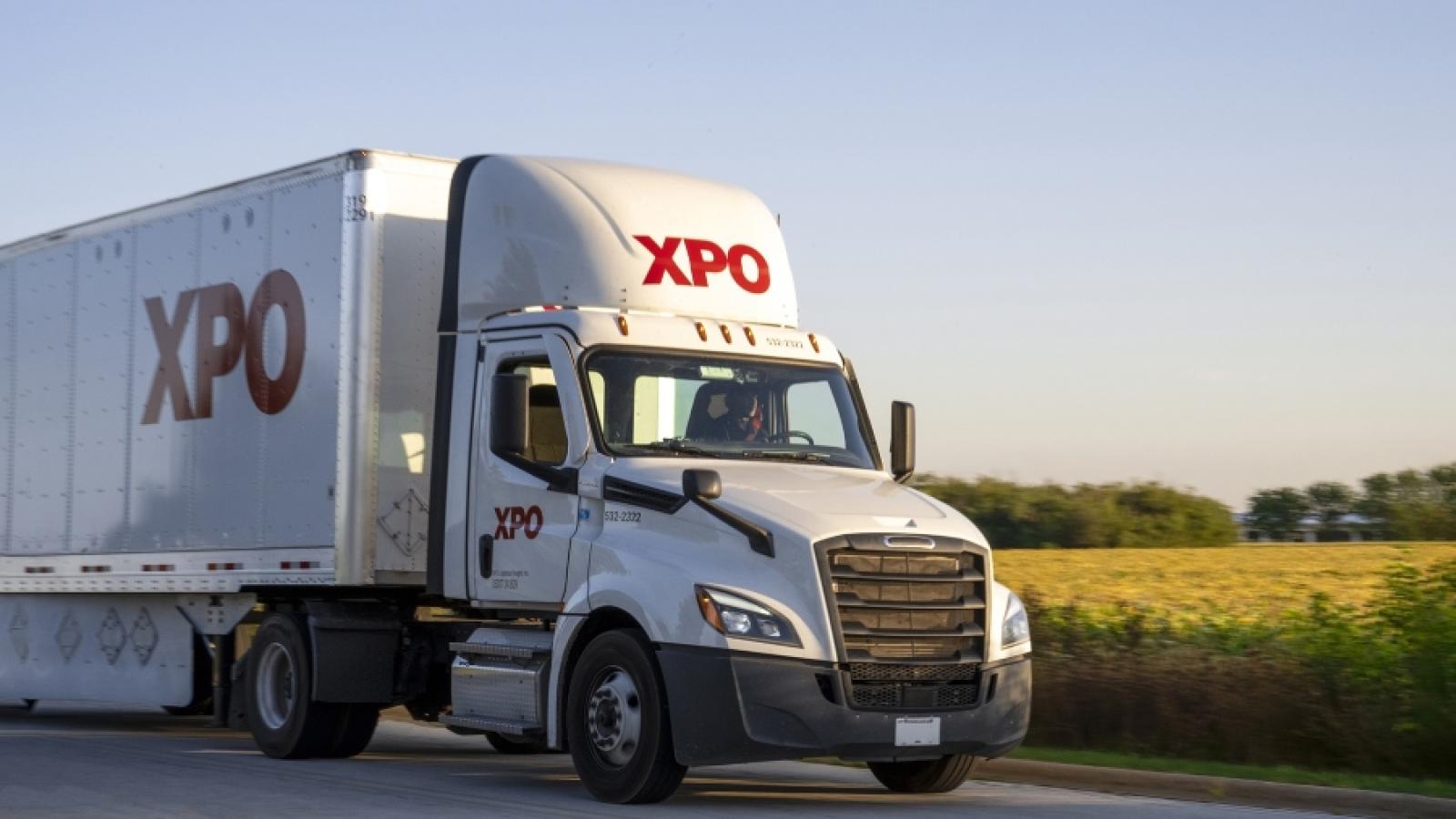Freightmaster1
TB Legend
- Credits
- 607
Big US LTL carriers reap lion’s share of Yellow terminals in auction

XPO bid $870 million for 30 Yellow terminals, a major expansion of its national LTL network. Photo credit: XPO
William B. Cassidy, Senior Editor | Dec 5, 2023, 12:39 PM EST
Four of the largest US less-than-truckload (LTL) carriers— XPO, Estes Express Lines, Saia and R+L Carriers — are about to get bigger after acquiring 77 of the 130 terminals auctioned to date by bankrupt LTL provider Yellow. And dozens of additional terminals remain on the auction block.
Although no one carrier won all the properties, as some analysts expected would happen, the successful bids totaling $1.57 billion by four of the largest LTL providers in the US keep a large chunk of Yellow’s terminals in the “LTL family.” That will help keep LTL pricing firm heading into 2024.
XPO successfully bid $870 million for 28 properties, Estes put up $248.7 million for 24 terminals and Saia bid $235.7 million for 17 facilities, according to documents filed with the Delaware Bankruptcy Court Monday. RAMAR Land Corp., an affiliate of R+L Carriers, won eight terminals with a bid of $211.5 million. Another 18 companies successfully bid a combined $330 million for 55 other terminals.
Successful bids in the ongoing private auction total $1.9 billion for 130 properties to date, far exceeding the $1.525 billion stalking horse bid from Estes Express Lines that set the floor for the auction. The first round of winning and back-up bids was announced Monday evening, a week after the auction began.
“In the eyes of large LTL truckers, these terminals represent once-in-a-generation opportunities for controlling market share and lowering their operating ratios permanently, and they are willing to pay a premium for those advantages,” Ted Morandin, managing member of Morprop Advisors, said Tuesday.
(continued)
Last edited:


